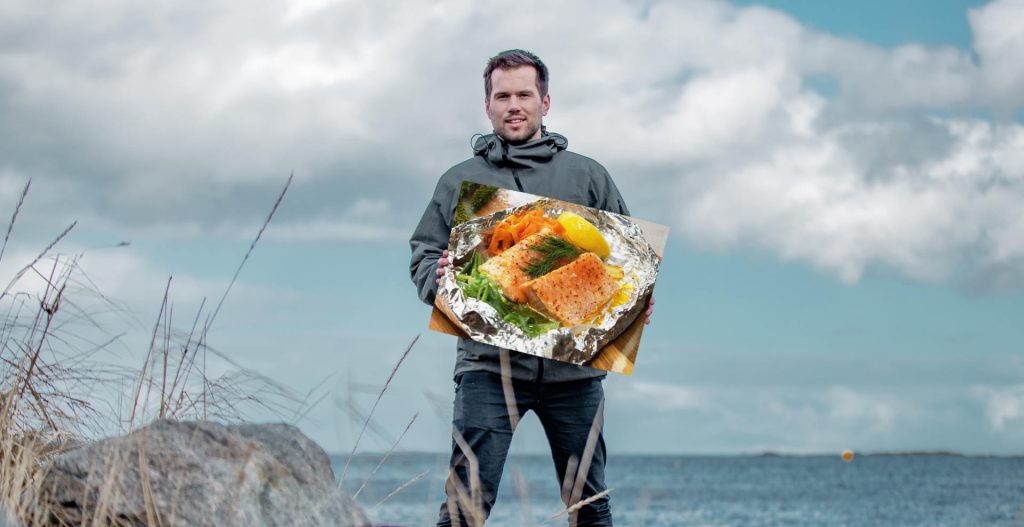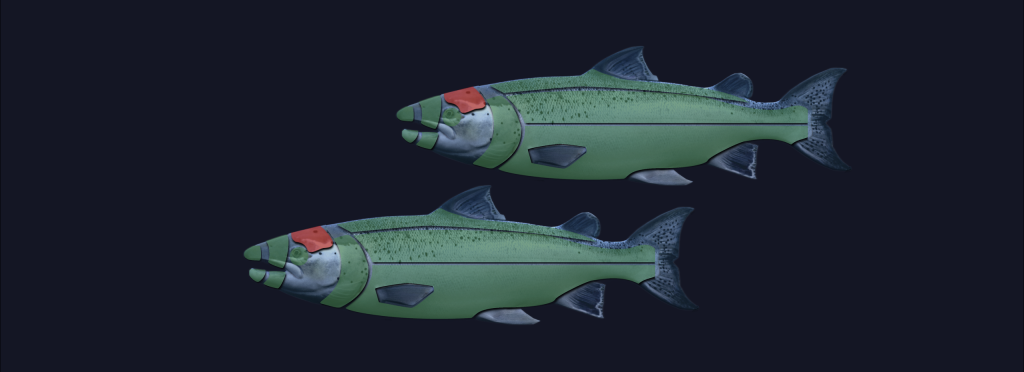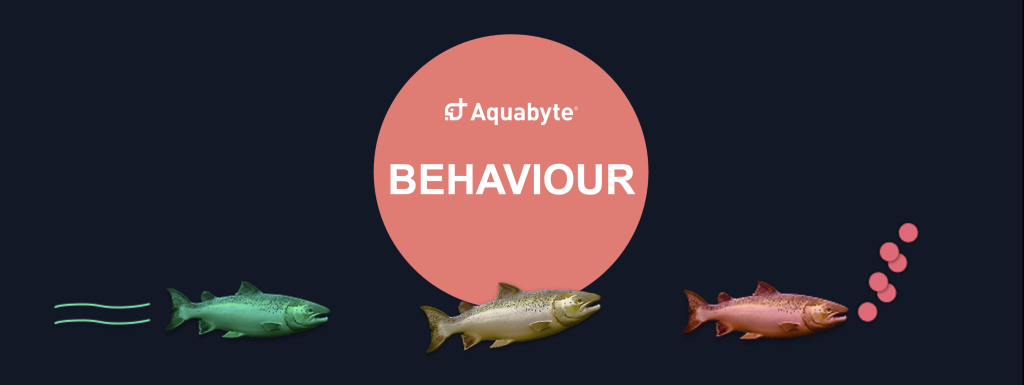Every week, Måsøval delivers healthy and good food to over two million people worldwide. The company has its headquarters in Frøya, at the far end of the Trøndelag coast where there is an unusually large tide difference, and where the salmon swim around in a stream of fresh, cold water. Måsøval also has facilities in the neighboring municipality of Hitra, and from Levanger in the north to Volda in the south. The company is experiencing strong growth with well over two hundred employees.
“As a salmon producer, we constantly want to use technology that makes everyday life safer and easier and gives us better control over salmon lice and fish welfare. In recent years, we have collaborated with various suppliers of solutions, and we feel that Aquabyte is among those who have come the furthest,” says fish health manager and area manager Andreas Skagøy at Måsøval AS. “Currently, we have adopted the system from Aquabyte at one of our facilities, a farming facility that is very exposed, on the outside of Frøya in Trøndelag.”
“We have to use algorithms and prediction”
“We expect that automatic lice count and welfare scores will be the industry standard in a few years, and that the current manual measurements will gradually be phased out,” says Skagøy. “We need datasets that reflect reality so well that we can use it for decision support in real time. Therefore, Aquabyte’s camera platform is a huge boost. To have control in the cage, we need algorithms and prediction.”
With that context, what qualities are you looking for in a supplier?
“Over time, sensors, algorithms, data capture and prediction will become part of everyday life. We are in ongoing dialogue with good professional experts; both suppliers such as Aquabyte, and various institutions. Eventually we will see who prevails, and who can drive innovation forward. In addition, they must be a good match for us, and in that respect, we have a good relationship with Aquabyte.”
“By ‘good relationship,’ I mean that Aquabyte and Måsøval contribute to making each other better, beyond the delivery of the camera itself. Måsøval has learned a lot about camera technology through the collaboration so far, and we have the impression that Aquabyte has learned a lot from us when it comes to adapting innovative technology to practical farming. A supplier who understands his role in a holistic breeder perspective is usually a good supplier. We know that the camera works; and we understand that on the supplier side we meet many very smart people. , but they must understand our framework conditions, our commercial operations and, not least, how to deliver a product that works regardless of weather and power conditions throughout the entire production cycle.”
“This means that the interaction between the camera system and the people we work with must generate added value. And the supplier must understand what distinguishes a good product in farming from one that truly meets our needs. For example, Aquabyte was both flexible enough to accommodate our request to better distinguish salmon lice from barnacle lice, and technologically capable enough to accomplish that successfully.”
What does the breeding facility of the future look like?
“We are in a time where new concepts are constantly challenging traditional open cages. I believe some of these will be successful and contribute to increasing the production of salmon nationally and internationally. These new approaches will be especially helpful for locations that are not suitable for traditional facilities.”
Måsøval also works with alternative solutions through our development project Aqua Semi, for example. The concept is innovative in several ways and can potentially reduce the risk of both lice and disease, to better monitor fish and the environment and thus further optimize production.
“In any case, I am convinced that open pens in good locations will not go away. Given good environmental conditions and a well-managed zoning regime, open pens represent lower-cost use, efficient production, modest nature encroachment, and limited risk. Even if the future offers several good alternative forms of production, I believe open pens will still be important.”
You have high ambitions to create value far beyond financial results: Positive ripple effects locally and in the region. What about sustainability and the global perspective?
“As we see it, from a climate and environmental perspective, salmon is an excellent sustainable source of animal protein. Our job is then to help salmon maintain this position, while continuing also to increase its sustainability. Obvious measures in this respect are to further develop the composition of the feed we use, as well as to reduce mortality and wastage. The fewer salmon that die on their journey from the hatchery to the slaughterhouse, the more sustainable our production will be. Måsøval will work in a structured way with this.”
“A sustainable planet depends on the aquaculture industry. It is in water that we must meet the food needs of a growing population. If we are to deliver on that, we must make high demands on ourselves and each other; whether we are consumers, breeders, neighbors, or suppliers of innovative technology,” Skagøy concluded.






